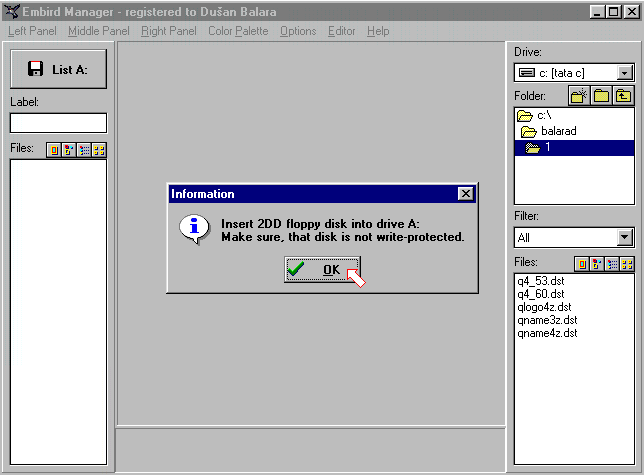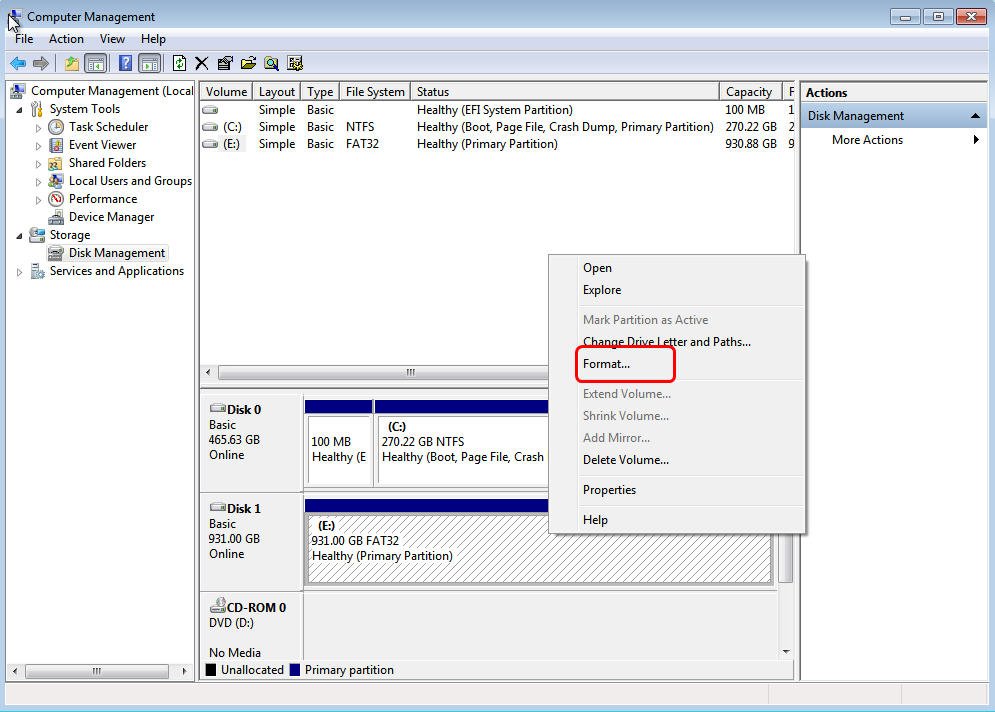

NTFS Only: Overrides the default size of file record. UDF 2.50 only: Metadata will be duplicated. All opened handles to the volume would no longer be valid. NTFS only: Files created on the new volume will be compressed by default.įorces the volume to dismount first if necessary. Specifies the file system type ( FAT, FAT32, exFAT, NTFS, UDF, ReFS). Specifies the drive letter (followed by a colon), mount point, or volume name. Windows 10 and Windows 11 syntax FORMAT volume ] įORMAT volume įORMAT volume Microsoft Windows 2000 and Windows XP Recovery Console syntax.Microsoft Windows 2000 and Windows XP syntax.
 Windows Vista, Windows 7, and Windows 8 syntax. For instance, Windows uses NTFS, while Macs require internal storage devices to be formatted in Mac OS Extended File System or HFS+. File systems keep everything tidy and minimize loss of storage space by logically organizing data.ĭifferent operating systems use different file systems. When you store something, be it a movie or a video game, on a storage device, the computer knows where the file will go thanks to the file system. This is exactly what file systems do for your data. You know the organization so well that whenever you bring home a new shirt, you know where to put it in your closet. There is a certain place for shirts, a place for shoes, and a place for trousers. In a closet, there are different compartments for different things. To understand file systems better, imagine you have a well-organized closet. They are pieces of software that help an OS organize data and use space more efficiently. What Are File Systems?įile systems represent how data is stored on a storage device. Read on to learn about file systems in more detail, and see which file systems are best for Windows 10.
Windows Vista, Windows 7, and Windows 8 syntax. For instance, Windows uses NTFS, while Macs require internal storage devices to be formatted in Mac OS Extended File System or HFS+. File systems keep everything tidy and minimize loss of storage space by logically organizing data.ĭifferent operating systems use different file systems. When you store something, be it a movie or a video game, on a storage device, the computer knows where the file will go thanks to the file system. This is exactly what file systems do for your data. You know the organization so well that whenever you bring home a new shirt, you know where to put it in your closet. There is a certain place for shirts, a place for shoes, and a place for trousers. In a closet, there are different compartments for different things. To understand file systems better, imagine you have a well-organized closet. They are pieces of software that help an OS organize data and use space more efficiently. What Are File Systems?įile systems represent how data is stored on a storage device. Read on to learn about file systems in more detail, and see which file systems are best for Windows 10.






 0 kommentar(er)
0 kommentar(er)
